Japan is home to many different varieties of delicious green teas, from high-end gyokuro to world-famous matcha. Tea has been a key part of the country’s culture for hundreds of years, with exciting innovations in production and brewing methods continuing to be made to this day. One of these more recent additions to the ocha scene is hojicha.
Hojicha is a style of roasted green tea, with a distinctive earthy scent, sweet smoky flavor, and autumnal red-brown color. Its relatively low caffeine content and wealth of health benefits make it a great choice to enjoy at any time of day. Ready to find out more? Read on for our complete guide to hojicha tea!
You can taste a variety of Japanese tea, including sencha, matcha and gyoroku, at this Tokyo tasting experience.
What is Hojicha?
Hojicha is a type of green tea from Japan that’s unlike other varieties because the leaves are roasted after being picked. The name — written as 焙じ茶 or ほうじ茶 — combines the Japanese words for "roast" and "tea" in reference to how it’s produced. This roasting process is what gives the leaves their beautiful rust-colored hue, like you might see on trees in the fall, and a unique earthy aroma that’s very different from other forms of Japanese green tea. The drink itself is also a reddy-brown shade, making it easily distinguishable from other green teas such as matcha and sencha.
The Origin of Hojicha
Hojicha is thought to have originated in Kyoto in the 1920s, and as such is a relative newcomer to the Japanese tea scene. It’s made using both leaves and stalks from lower-grade tea plants which are not shaded prior to being harvested, typically those that would otherwise be used to make sencha, bancha or kukicha tea. Regardless of which specific leaves are used, the final product is always referred to as hojicha tea.
Whereas most Japanese green teas are simply steamed after being picked, hojicha is then slowly roasted afterwards at a high temperature over charcoal in a porcelain pot. The heat gives the leaves their characteristic smoky aroma and darkens the color to a reddish-brown. The chemical change that occurs during roasting also reduces the caffeine level and tannin content of the leaves. The latter is what removes much of the astringency from the final drink.
What Does Hojicha Taste Like?
The unique production method of hojicha tea gives it a distinctive flavor quite unlike other Japanese green teas. It has a rich smoky taste with a hint of natural sweetness, and as mentioned above, the lower tannin content makes it less bitter than teas such as matcha. The flavor can also be described as a little nutty and earthy, with mellow roasted undertones that might remind you of chocolate or caramel. It’s most similar to genmaicha and oolong teas, with the specific flavor profile varying depending on factors such as how much the leaves were roasted and how hot the water is when you brew it.
What is Hojicha Good For?
Just like other forms of green tea, drinking hojicha benefits your health in many possible ways. For example, it’s thought to help aid digestion, protect your heart, strengthen your immune system, and improve the appearance of your skin because it contains antioxidants that help to reduce the signs of aging. It’s even reported to be good for keeping your teeth healthy, thanks to the polyphenols in tea leaves! Hojicha also contains catechins, which can boost your metabolism and therefore potentially help you to maintain a healthy weight.
Does Hojicha Have a Lot of Caffeine?
Due to the fact that the leaves are roasted, hojicha caffeine levels are much lower than that of coffee or other types of green tea such as gyokuro and matcha. This makes it a particularly good choice for people who are sensitive to caffeine, or for times when you want to enjoy a cup of green tea in the evening. Hojicha also contains L-theanine, an amino acid that helps to lower blood pressure and levels of the stress hormone cortisol – all of which results in a soothing and relaxing drink that can calm the mind and ease anxiety.
Is Hojicha or Matcha Better?
Both hojicha and matcha taste great and are beneficial to your health. Neither one is better than the other; rather they each have their own unique advantages. For instance, matcha’s higher caffeine levels make it ideal for times when you want to be both relaxed and productive. Meanwhile, hojicha is perfect for drinking after dinner because it’s soothing, aids digestion and is low in caffeine.
How to Prepare Hojicha
Hojicha is a super easy tea to prepare, because unlike other types of green tea, you can make it with water that's very close to boiling. Follow these simple steps to brew the perfect cup of hojicha tea:
- Measure out approximately one and a half teaspoons of hojicha tea leaves per cup, and put them into a teapot
- Boil water, and as an optional step, use some of it to warm up your teacups
- Steep the tea leaves in 90ºC/195°F water for about 30 seconds to a minute, depending on how strong you want the taste to be
- Pour the tea little by little into each cup, to ensure the flavor and strength is balanced evenly between them
- Enjoy your cup of hojicha tea!
One of the great things about hojicha is that it can be steeped multiple times, meaning you can get several cups out of each pot of leaves. Each time you brew it, leave the water in for a little bit longer to preserve the strength of the flavor. For an even easier method that allows you to enjoy roasted green tea without a teapot, you can purchase some hojicha tea bags.
Other Ways to Enjoy Hojicha
Fancy something a little different? Hojicha can also be enjoyed chilled by steeping the leaves in cold water and leaving them in the fridge for a few hours to infuse. A ratio of one to two tablespoons of tea leaves per quart of water is recommended for the best flavor. Alternatively, you can use powdered tea to make a hojicha latte by adding frothed milk!
Hojicha is a fantastic addition to your roster of Japanese teas, so be sure to give it a try! It might just become your new favorite.
Curious to know where the best hojicha comes from? Explore some of the tea-growing regions in Japan.
 Tokyo
Tokyo Osaka
Osaka Kyoto
Kyoto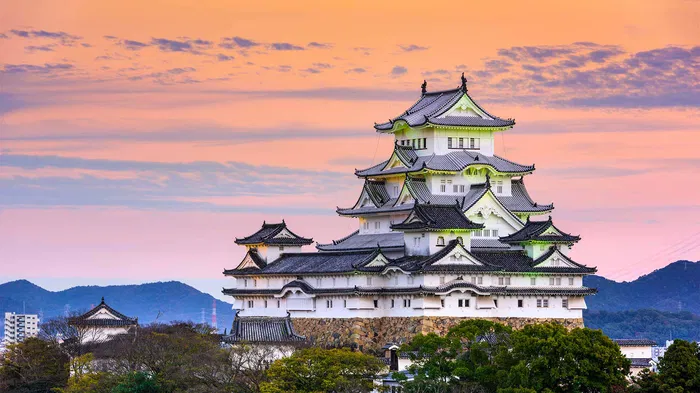 Hyogo
Hyogo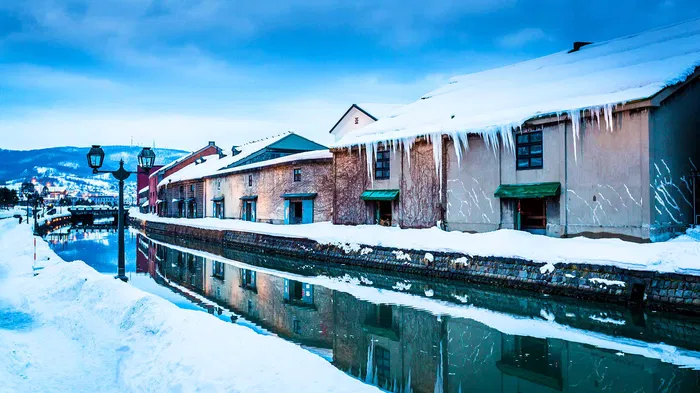 Hokkaido
Hokkaido Nara
Nara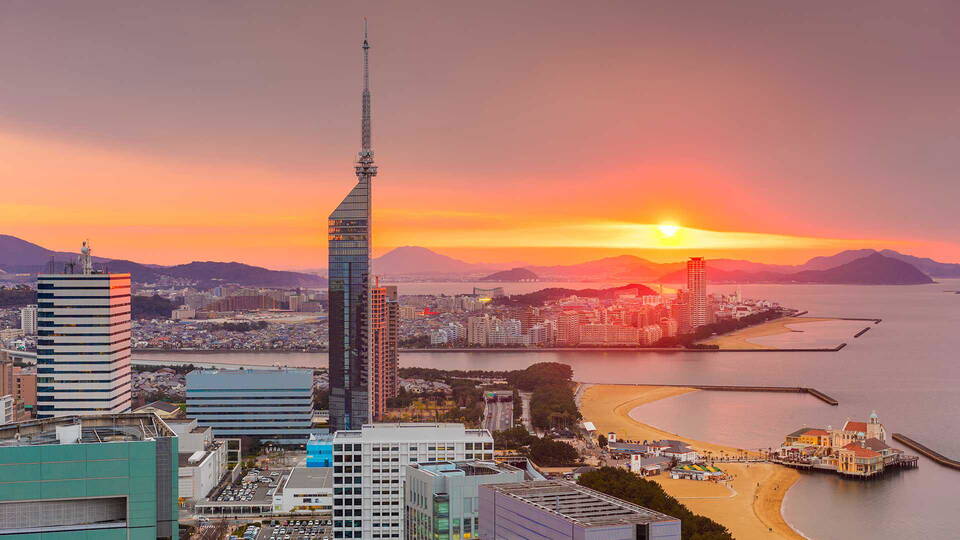 Fukuoka
Fukuoka Hiroshima
Hiroshima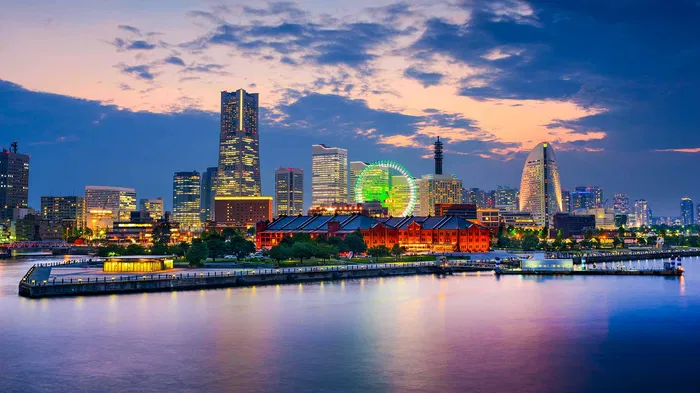 Kanagawa
Kanagawa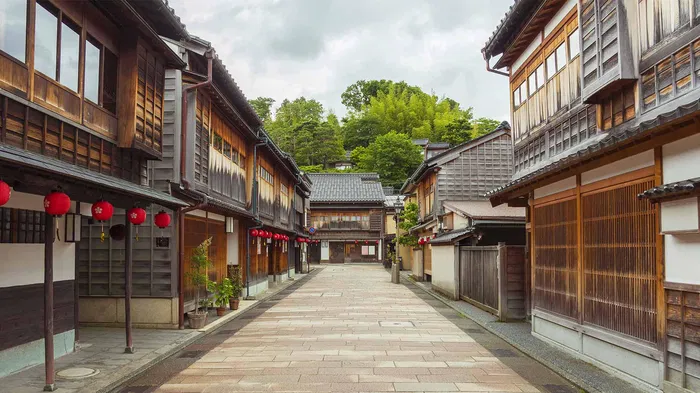 Ishikawa
Ishikawa Florence
Florence Paris
Paris Rome
Rome Porto
Porto Barcelona
Barcelona New York
New York Venice
Venice Madrid
Madrid Marrakesh
Marrakesh Istanbul
Istanbul